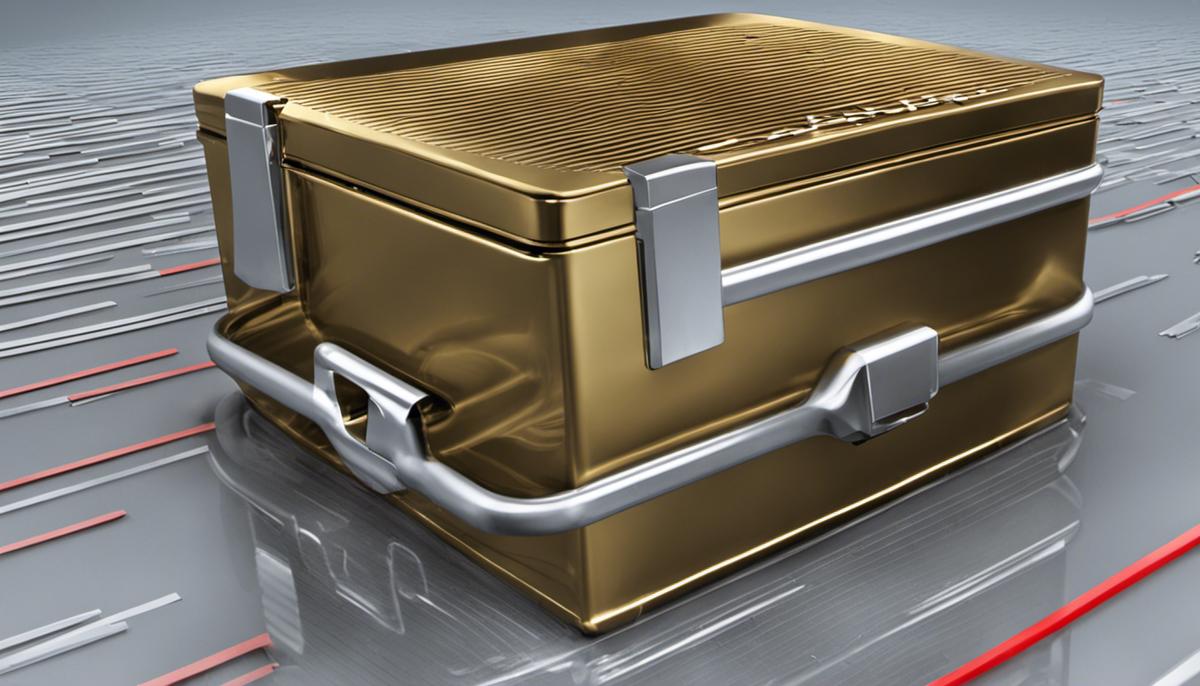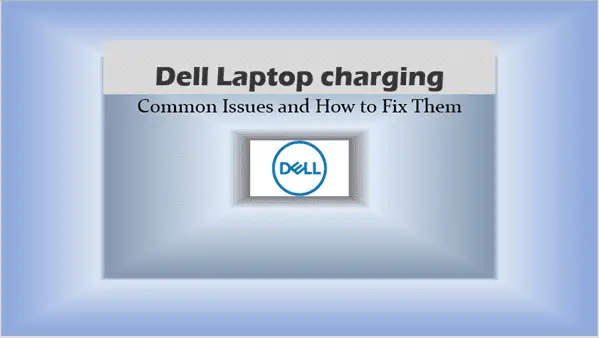Clearing Cache on Edge: Easy Steps Guide
Say goodbye to slow browsing with our comprehensive guide on how to clear cache on Edge. Boost your browser’s performance today!
In today’s fast-paced digital age, an optimal web browsing experience is crucial. An integral part of this depends on understanding the role of cache – storage that holds web data, designed to expedite the process of loading pages on your browser.
While this technology serves a purpose, it might also be the root cause of some nagging issues such as slow performance or privacy concerns.
This piece aims to guide you on how to clear cache in Microsoft’s Edge Browser, a practical step that serves both to enhance your browser performance and safeguard your privacy.
Understanding Cache on Edge – How to clear cache on Edge
The Essence of Clearing Cache in the Edge Browser: Elevating Efficiency and Privacy
Let’s face it: To be ahead of this fast-paced world, it’s vital to have top-notch technology at our fingertips. In this realm, optimization is key. One of the essential elements in this regard? Edge – Microsoft’s sleek, contemporary browser, designed for high performance and complemented by superior features. But like any tech tool, it needs maintenance and an essential part of this process is clearing the cache.
The cache, for those unfamiliar with the term, is a holding area where frequently accessed data stays for quick retrieval in the future. With previous data readily available, the browser loads pages faster, offering better performance. However, over time, this stored data could become a liability than an asset to speed and security. Let’s delve into why it’s crucial to clear cache on Edge:
- Increased Speed: With time, cache buildup can lead to sluggishness due to an overflowing data cache attempting to process vast amounts of unnecessary information. Clearing cache significantly boosts browsing speed giving Edge the much-needed freshness to function at its optimum level.
- Improved Security: The cache is like a breadcrumb trail that hackers can use to trace your online activity. By regularly deleting the cache, you’re essentially erasing your digital footprints, bolstering security, and safeguarding sensitive data.
- Error Troubleshooter: Certain problematic elements cached from a website might cause it to malfunction. Clearing cache can take you out of this loop, allowing an error-free browsing experience.
- Enhanced Memory Space: Cache mirrors digital hoarding. By clearing it, you’re freeing up computer memory, leading to overall better device performance.
- Updated Content: Sometimes, cached web content may deter the latest website updates from loading. Clearing cache ensures that the most recent version of a website is loaded, keeping you up-to-date.
Clearing cache on Edge isn’t rocket science. Here’s how to do it:
- Open ‘Microsoft Edge’.
- Go to the far corner on the right of the screen and click on the three horizontal dots (‘Settings and more’).
- Click on the ‘Privacy, search, and services’ on the left pane.
- Under the ‘Clear browsing data’ section, click on ‘Choose what to clear’.
- Check the ‘Cached images and files’ box.
- Finally, select ‘Clear Now’.
And voila, mission accomplished. Remember, clearing the cache doesn’t mean losing essential data like passwords or bookmarks, unless manually selected. It’s merely housekeeping, ensuring a clean, secure, and high-performing browser for all those crucial tasks and nifty web explorations.
In conclusion, cache is indeed a facilitator for speed but without regular clearance, it’s more of a foe than a friend. With growing digital threats and increasing demands for quick browsing, clearing cache on Edge is not just recommended, but more of an essential habit for every tech enthusiast. Now, who’s up for a speedy, secure, and efficient browsing experience?

Steps to Clear Cache on Edge
(How to clear cache on Edge)
Is your Edge browser starting to lag? The solution to this often lies not in changing your device or rushing to tech support, but in something far more simple – clearing your cache. As mentioned, cache is fundamental to Edge browser for its function in storing temporary data. Although useful, this collected data can make your browser sluggish over time. But don’t worry, the cleanup you need is merely a few clicks away. Let’s dive right in.
The first step is to open the Microsoft Edge browser on your device. Look for the three horizontal dots located at the top right corner, representing the Settings and more drop-down menu. Click on this, it will present you with multiple setting options.
After this, look for the Privacy, search, and services option and click on it. A new list will be unveiled, at the center of which you will find the Clear browsing data option. By clicking on it, you will reveal a button that says Choose what to clear.
Next, you will find diverse data types listed, like Cookies and saved website data, Download history, and most importantly, Cached data and files. Ensure you put a checkmark against Cached data and files – that is the primary goal here.
Click on the Clear button present at the bottom. Keep in mind, the execution of these steps will only remove the selected types of data, leaving your essential data untouched.
You may notice that, along with the cache, you have options to clear additional data types. This presents an opportune time to also clear Cookies and saved website data. By doing so, you will ensure comprehensive cleanup.
But wait, we’re not done! Perhaps you are a power user, and you wish for your cache to clear automatically every time you finish browsing. Edge has a solution for this desire. Under the Clear browsing data section, you can toggle the setting switch of Clear browsing data when I close my browser to ON. Implementing this will lead to an automatic clearing of selected data each time you close Edge.
Remember, systematic cache clearing significantly contributes to a slick, swift, and secure browsing experience. It frees up valuable memory space, fetches the latest version of web pages and also helps identify any lurking errors.
Hopefully, this guide has demystified the process for you to effectively clear cache on Edge, securing your browsing experience while keeping your device healthy and happy. Now, keep browsing without any disruptions. Goodbye, lag!

After-effects of Clearing Cache
(How to clear cache on Edge)
Upon actively completing the cache clearing process in your Edge browser, several fundamental activities take place that have a positive impact on your browsing experience.
One of the immediate effects is the clearing of saved website data, such as previous logins and password credentials. This effect necessitates a re-input of these data the next time you visit those sites, enhancing your overall security profile by minimizing potential device vulnerability.
Resetting parts of a website can also occur, eliminating and replacing slightly outdated site elements on your next visit. This implies the eradication of problems associated with viewing older versions of a website. Without the cache’s memory, Edge is forced to retrieve the latest web elements directly from the source.
Undoubtedly, a scaled higher reloading time of certain web pages is a subsequent occurrence post-cache clearing. Since Edge collects fresh data from websites rather than relying on cached information, a slight delay in loading times is normal. However, this manifests as a rare case and mostly countervails when the cache is cleared regularly, ensuring the data is continuously refreshed.
Sometimes Edge, like any other software, gets bogged down with too much information. By eliminating stored cache, you free up additional memory space, which in return contributes to enhancing the browser’s overall performance. It’s almost like giving it a short breather to recover before plunging back into the web-wide world.
While clearing the cache, you also get an option to decide specific data types to be wiped off, offering you more control over the proceedings. For example, you may choose to eliminate cookies but retain downloaded files. Such personalized controls cater to your distinct needs, promoting a more tailor-made browsing experience.
Let’s not forget about the automatic cache clearing feature as well. If you’re the type who prefers efficiency and prioritizes security, this tool will be your hero. A one-time setup enables Edge to clear cache automatically whenever you close the browser. Ingenious, isn’t it?
The motive to regularly clear Edge’s cache is not only instrumental in curbing potential security threats but also pivotal in maintaining dense browser speed and accuracy. When well-utilized, the cache clearance practice goes beyond mere troubleshooting and morphs into a habitual exercise in ensuring superior browser performance and, consequently, exceptional digital experiences. In our present tech-driven era, who wouldn’t want that?
In conclusion, the post-procedural happenings provoked by clearing the cache in Edge essentially act in your favor, serving as a cornerstone for enhancing your browsing satisfaction. Embrace it!

(How to clear cache on Edge)
Clearing cache on Edge might seem like a small task, but its effects are considerably significant. It definitely influences your browsing speed, data usage, and even saved web settings.
While it might initially slow down your browsing speed due to the requirement of downloading fresh copies of previously cached files, the long-term advantages outweigh this temporary lapse.
Possessing insightful knowledge about managing cache on Edge contributes to a smoother, more efficient browsing experience.
Continue being proactive with managing your digital tools; after all, they shape your interaction with the online world!
Related Posts:






